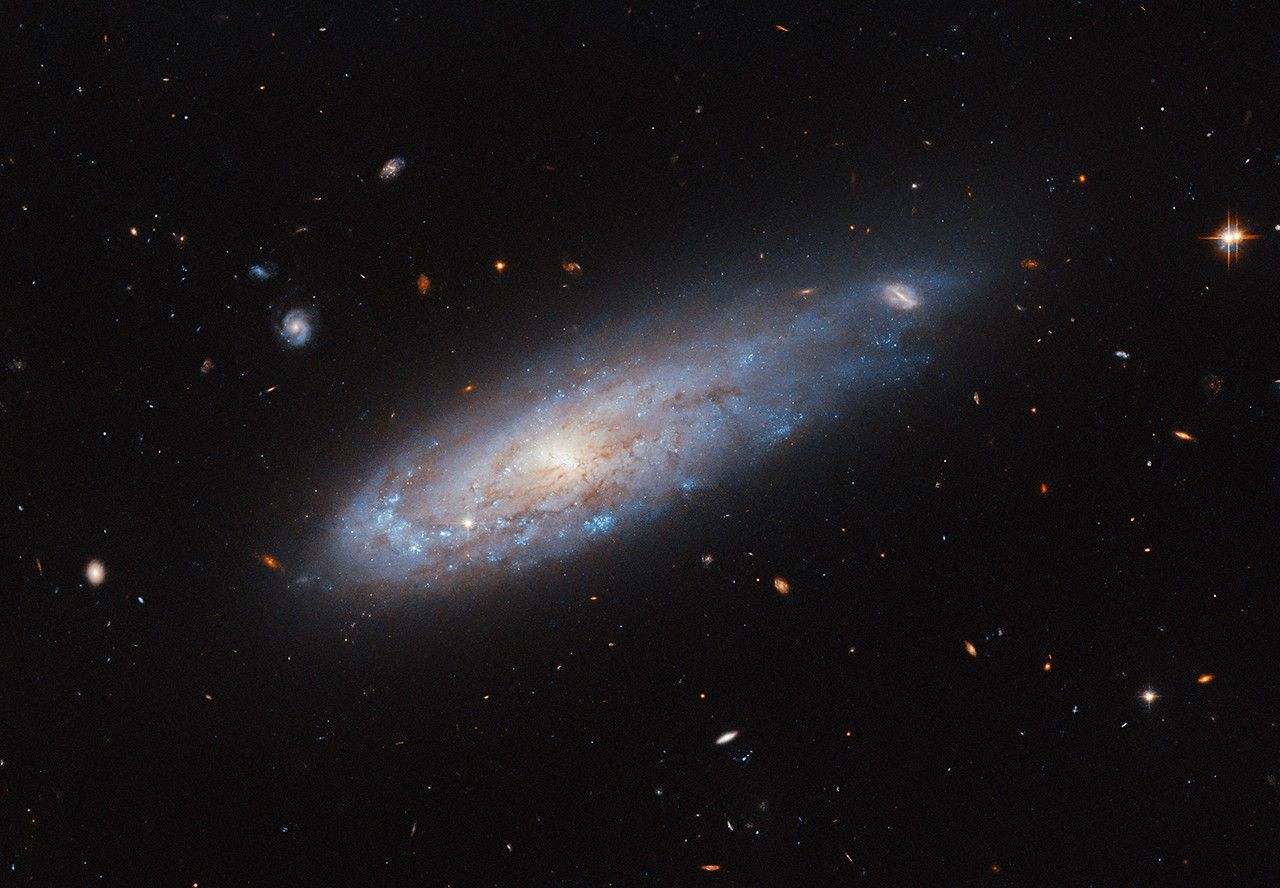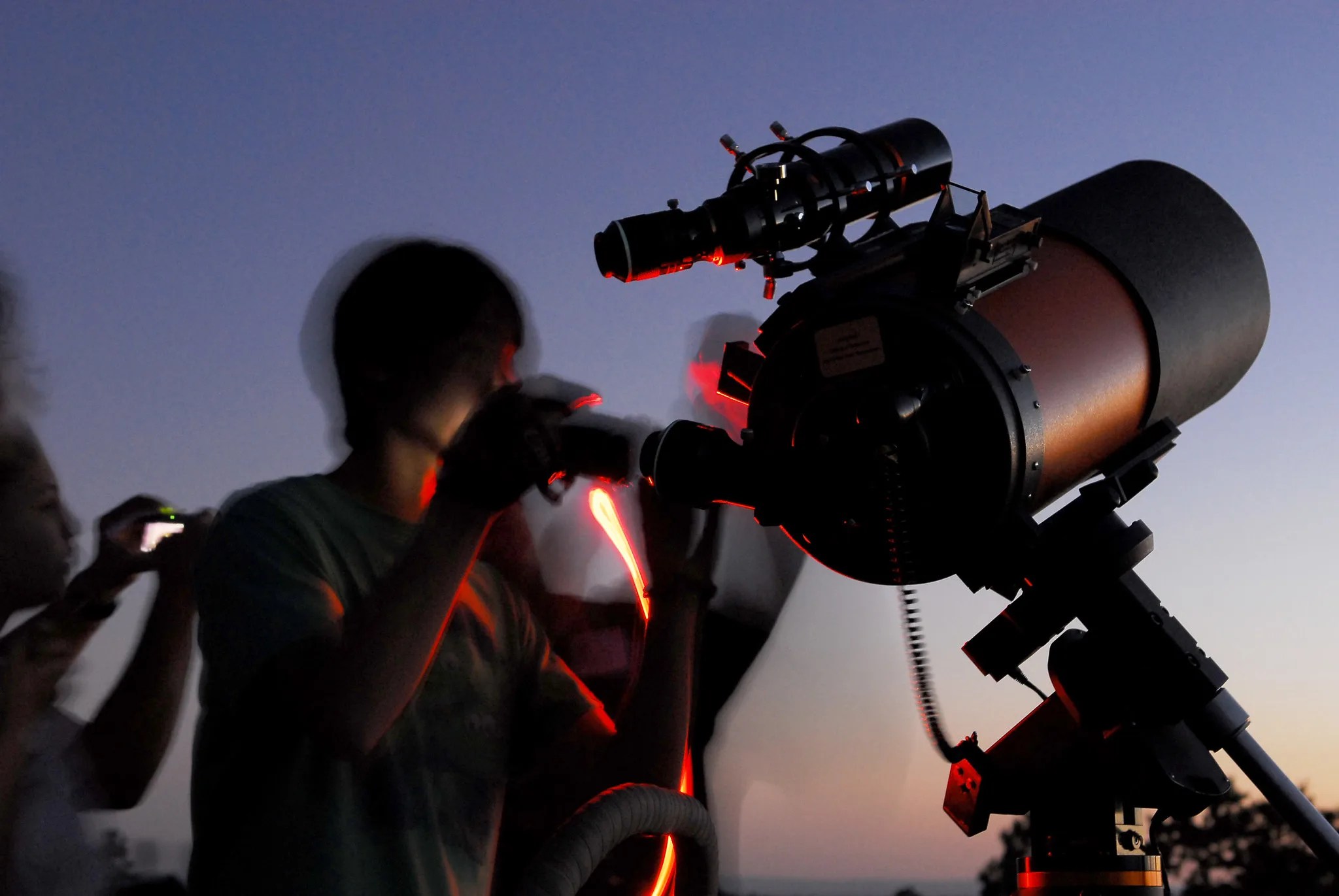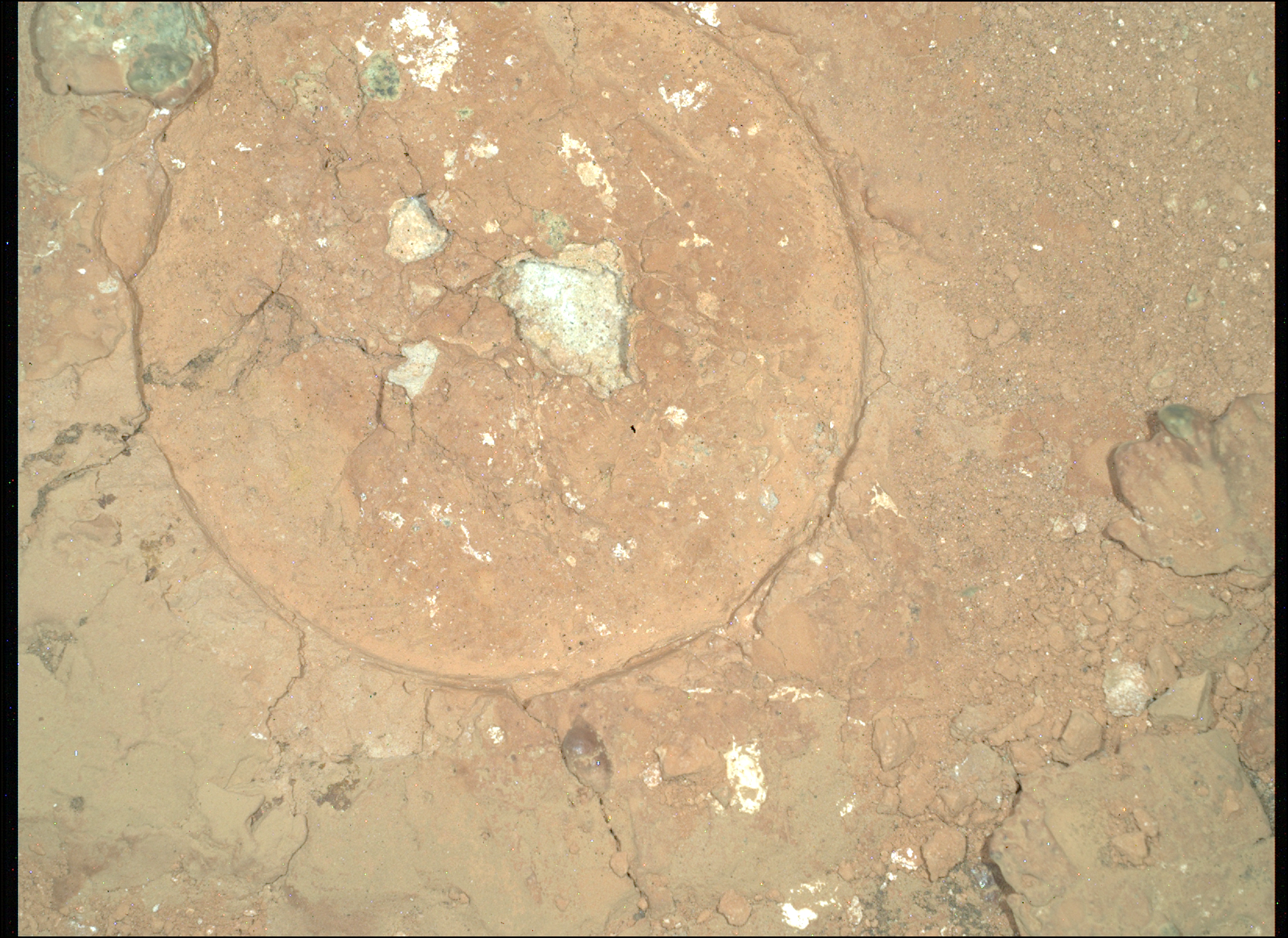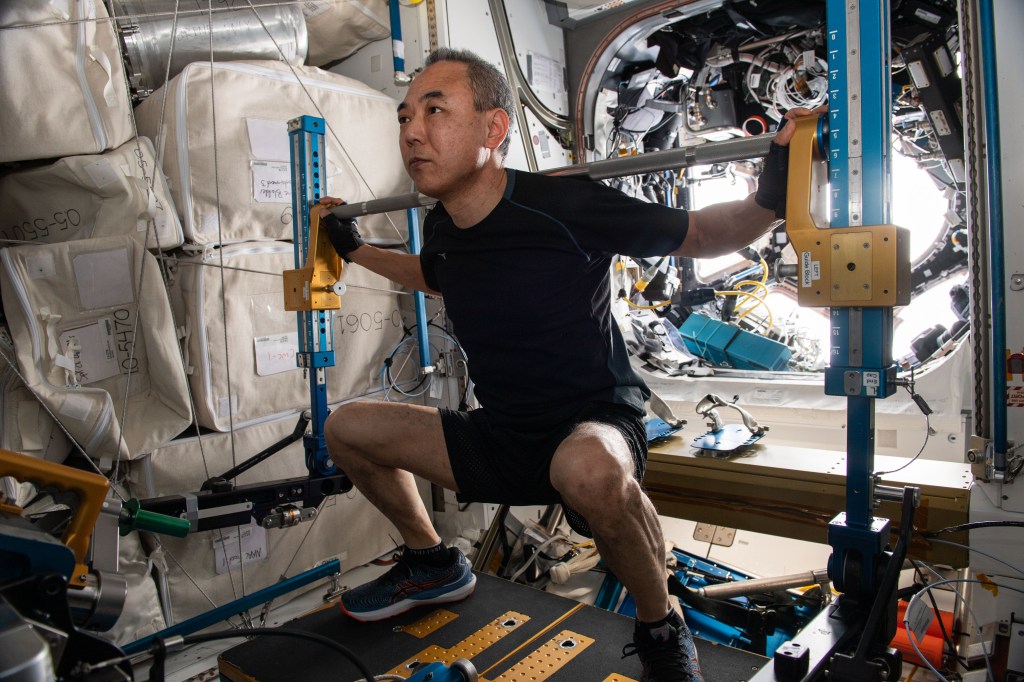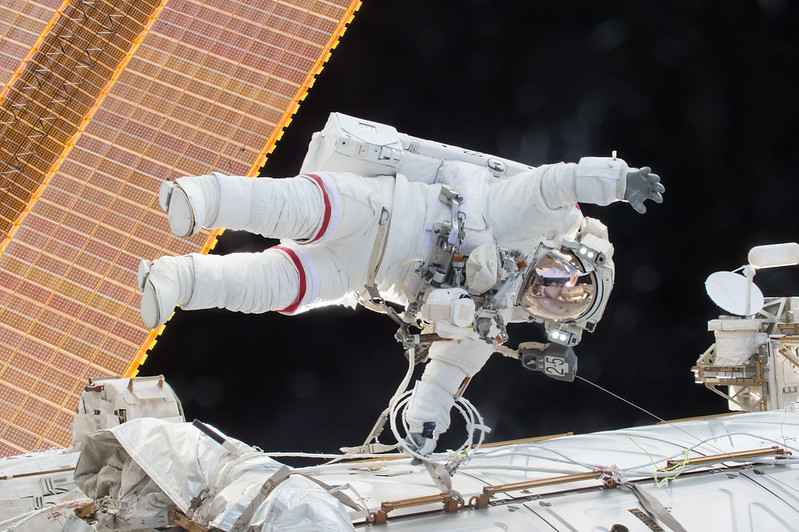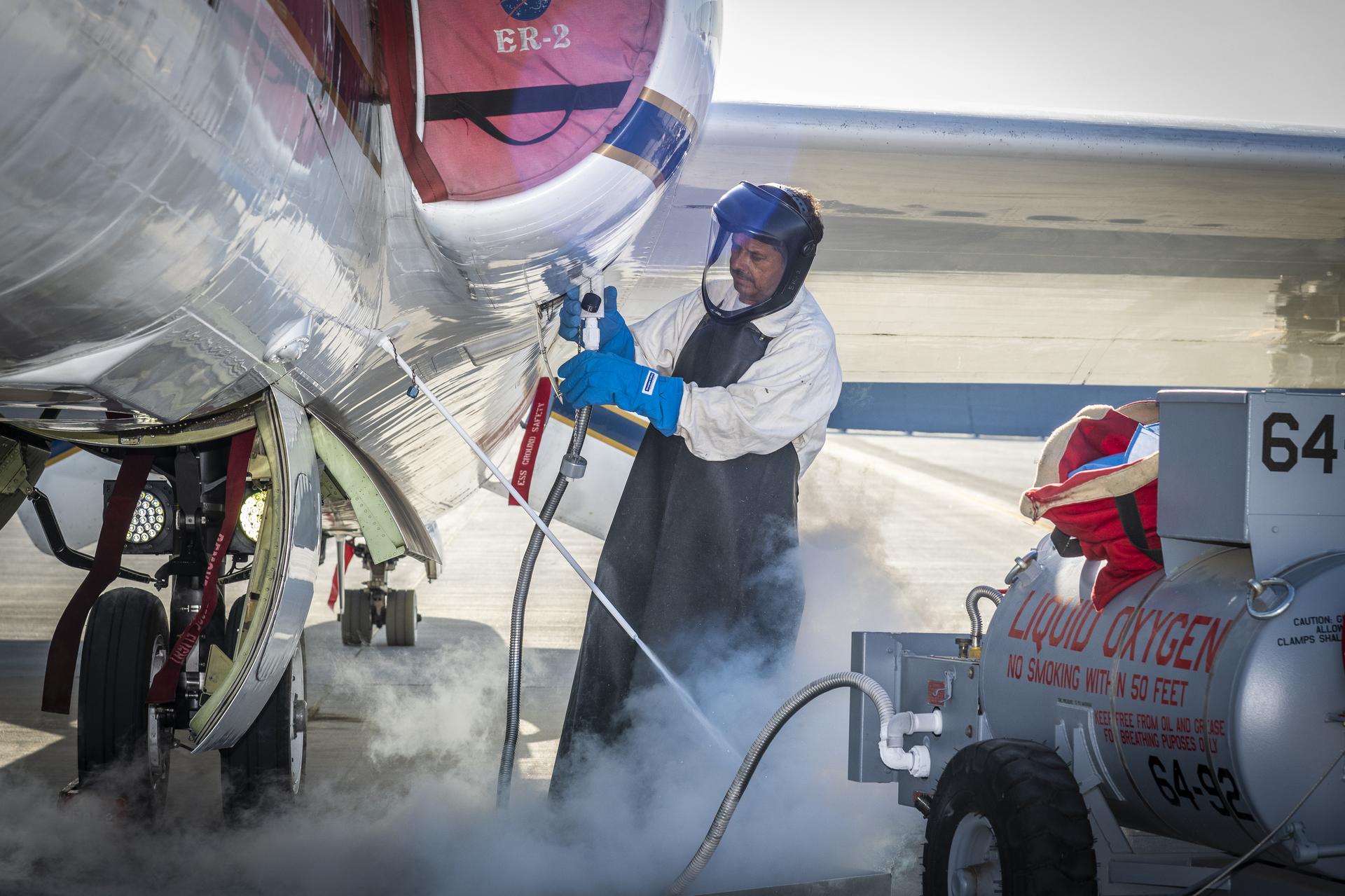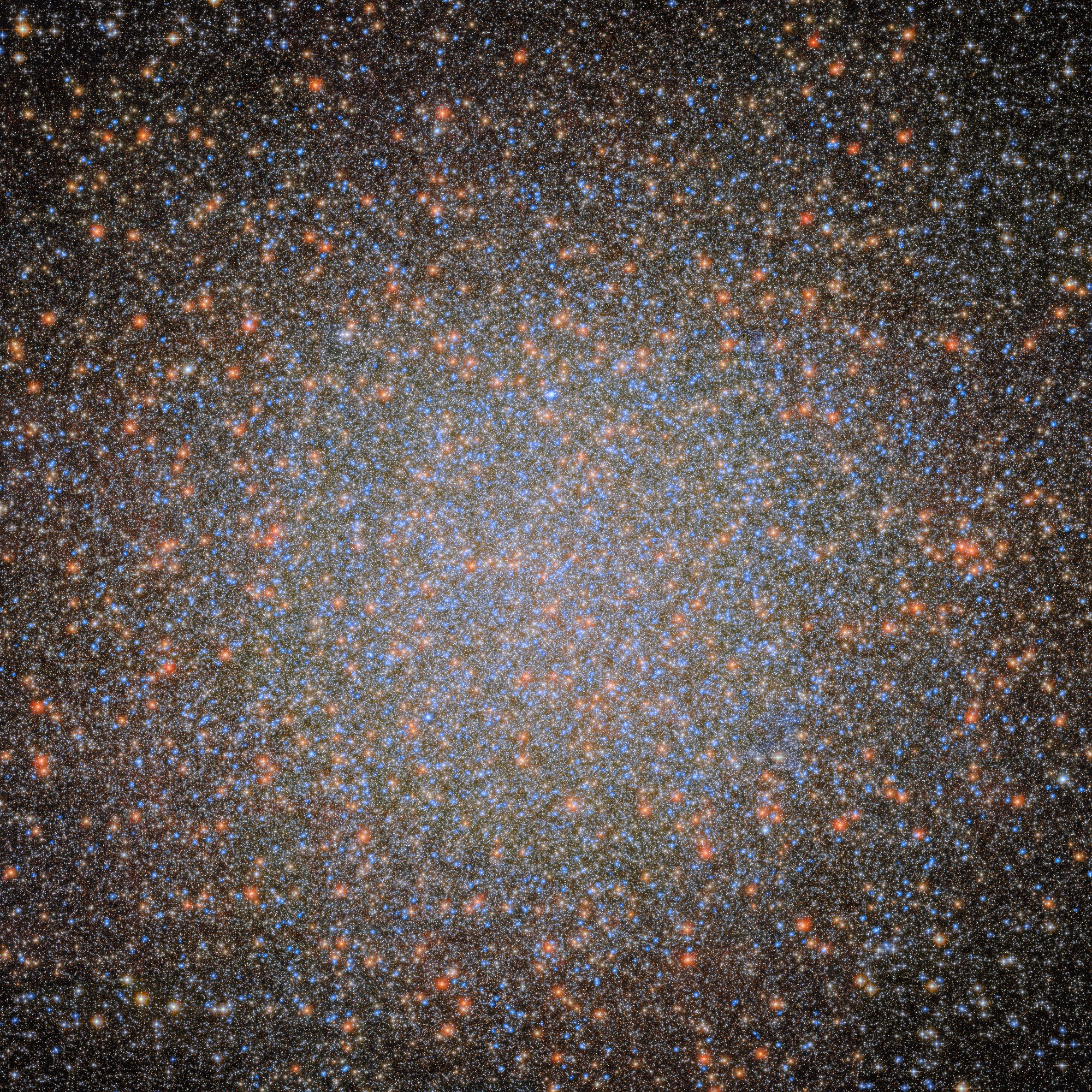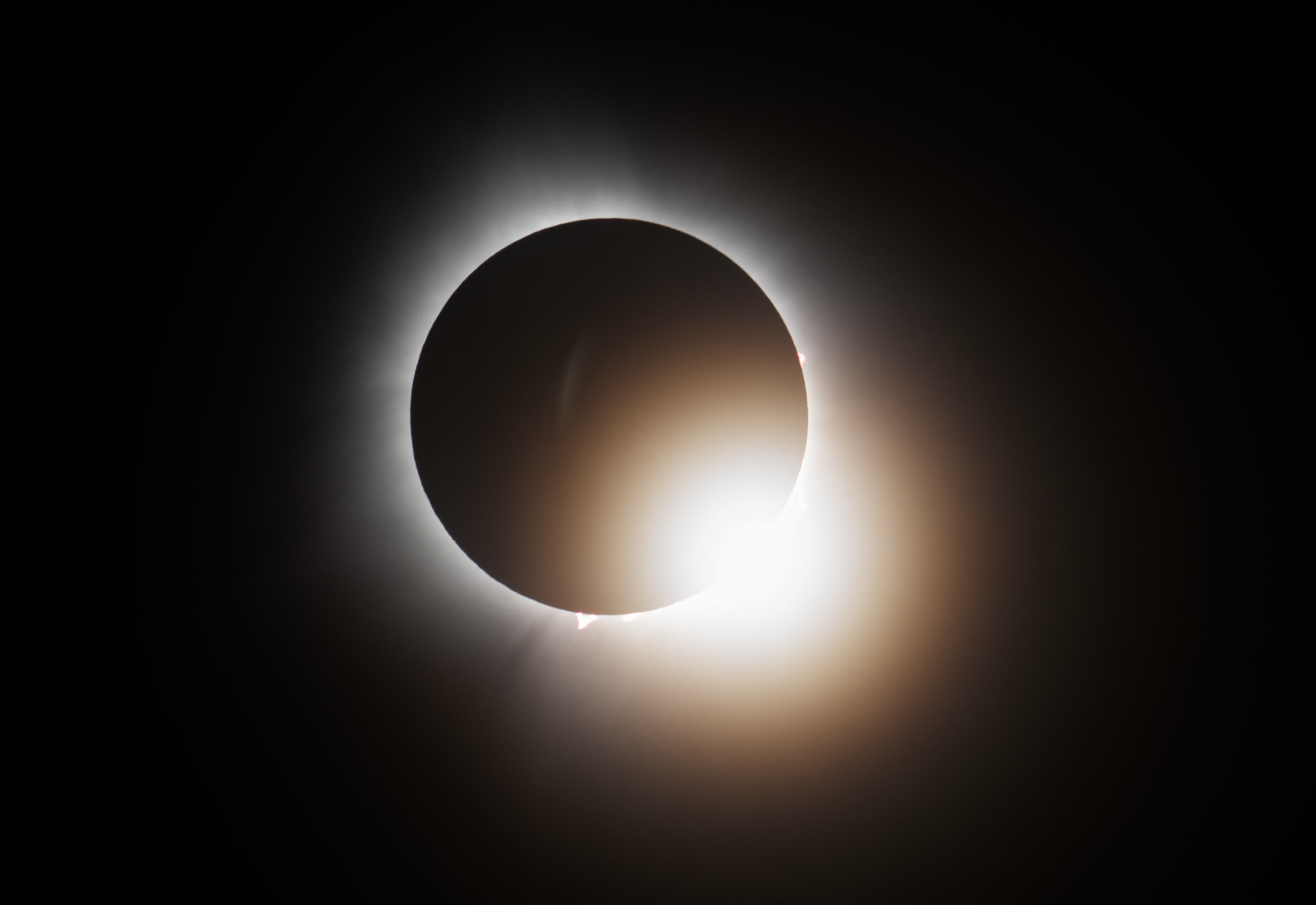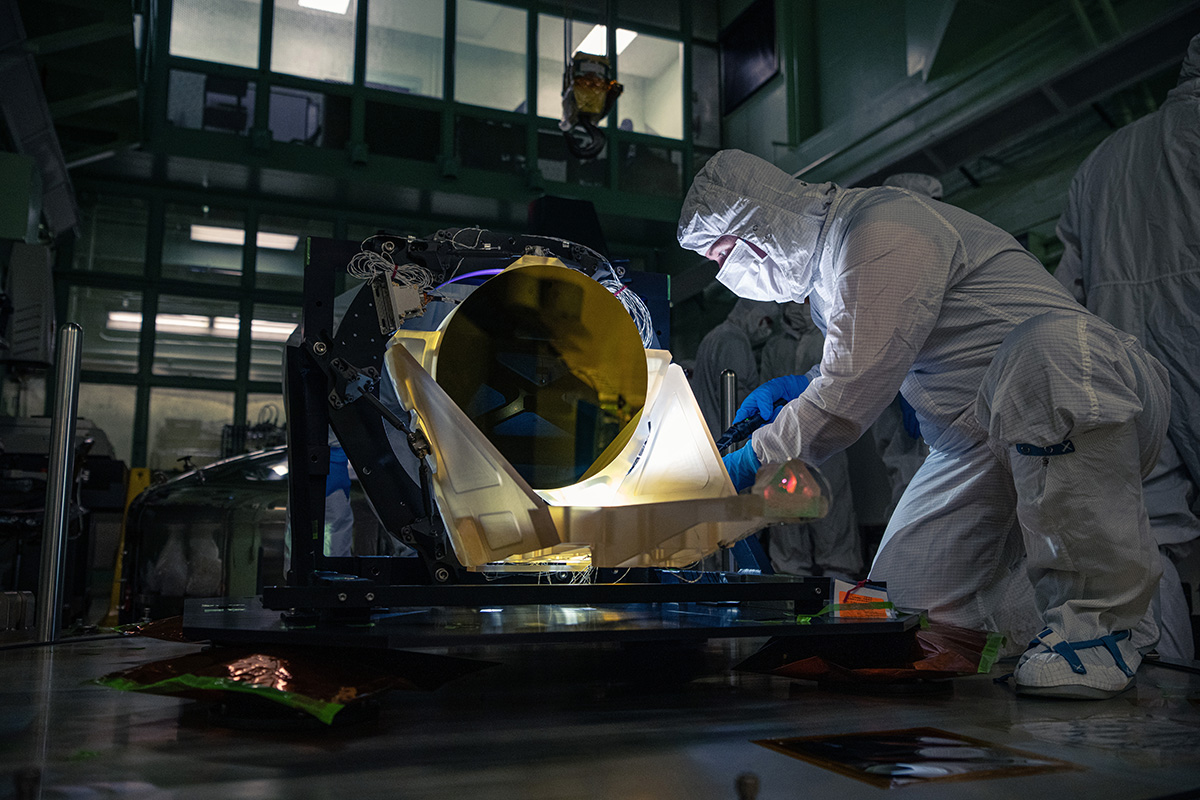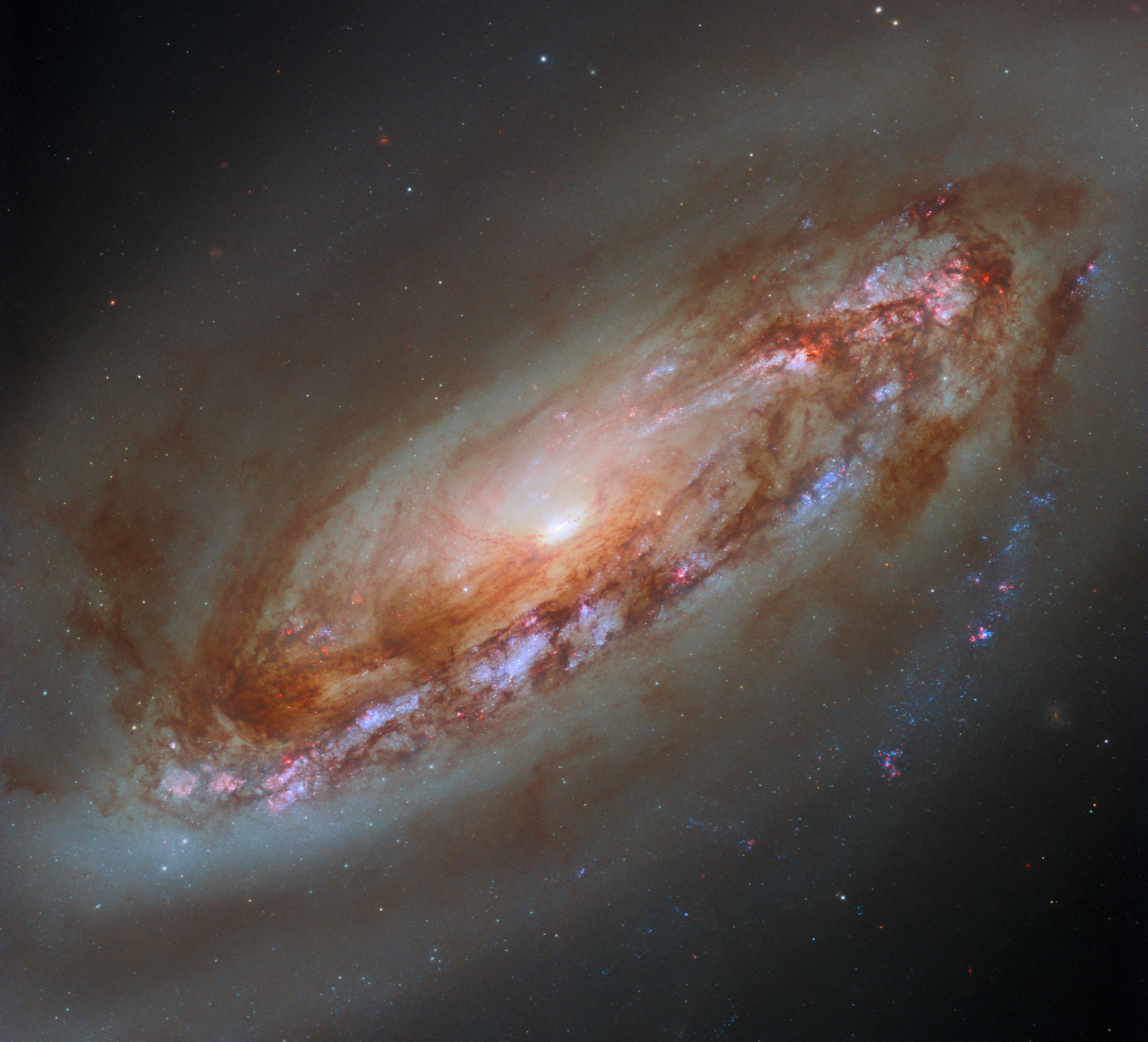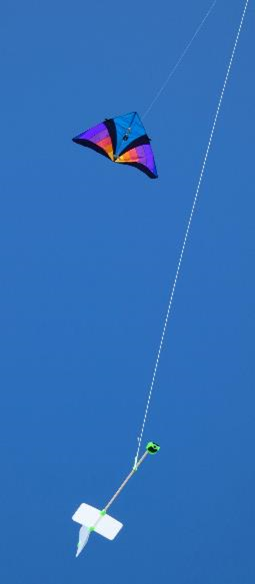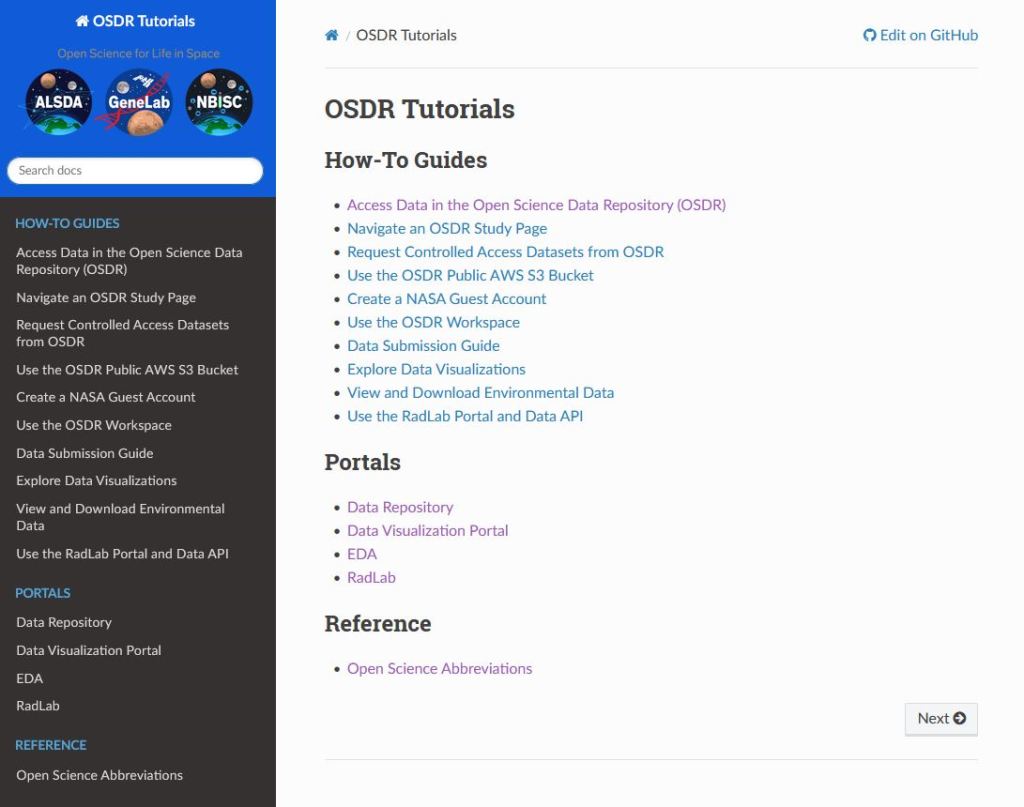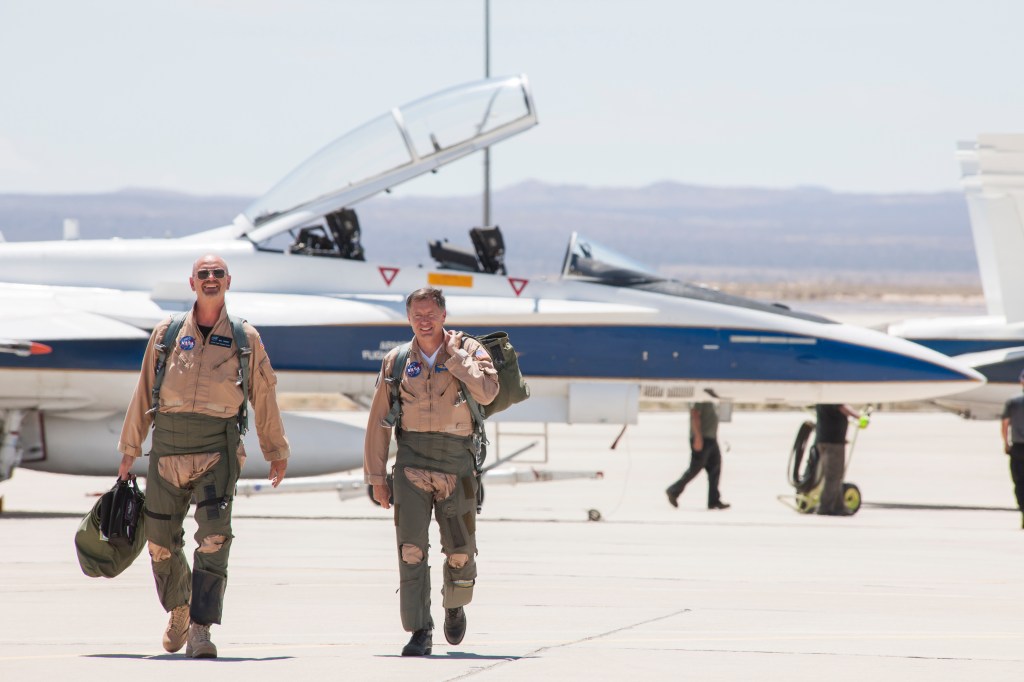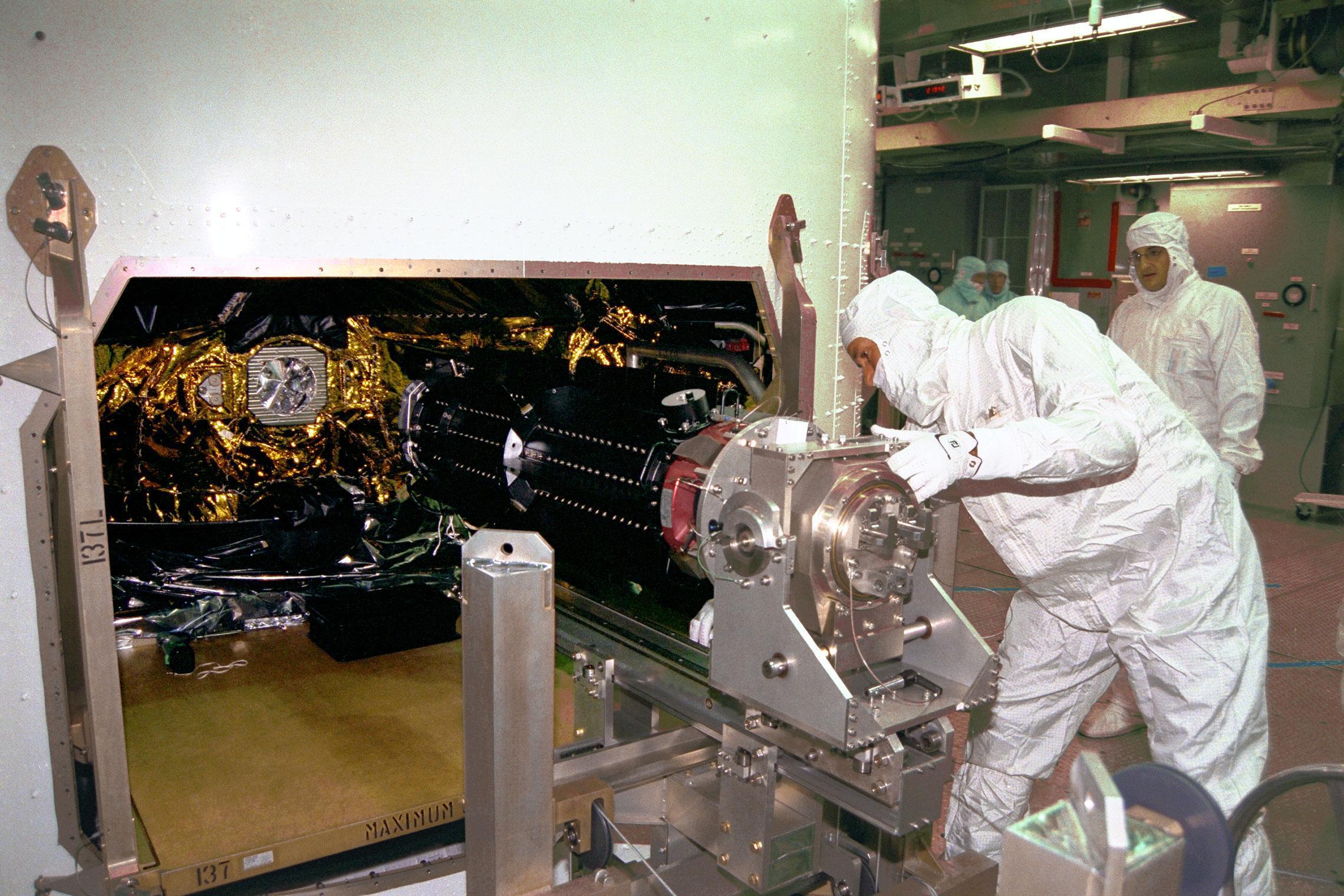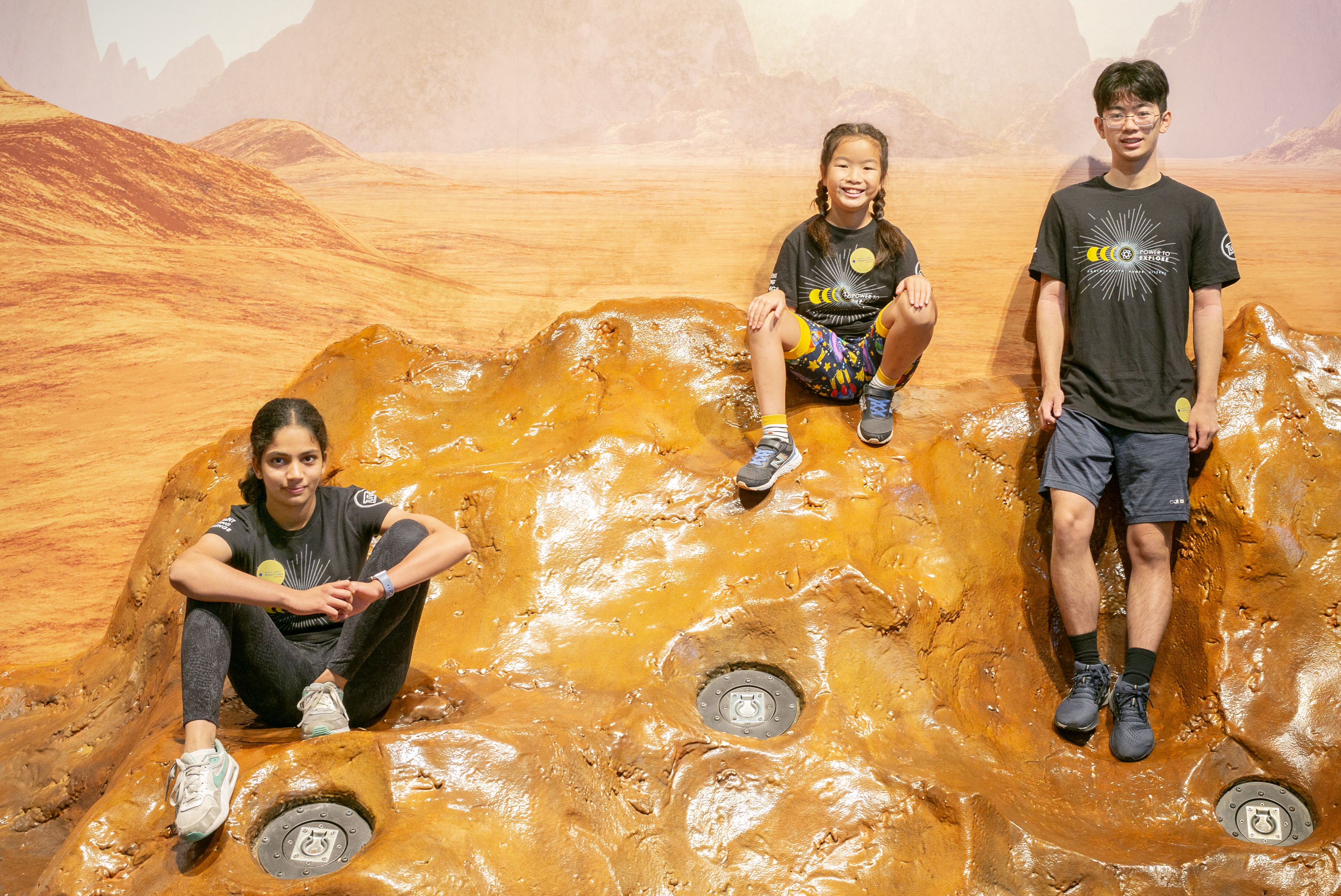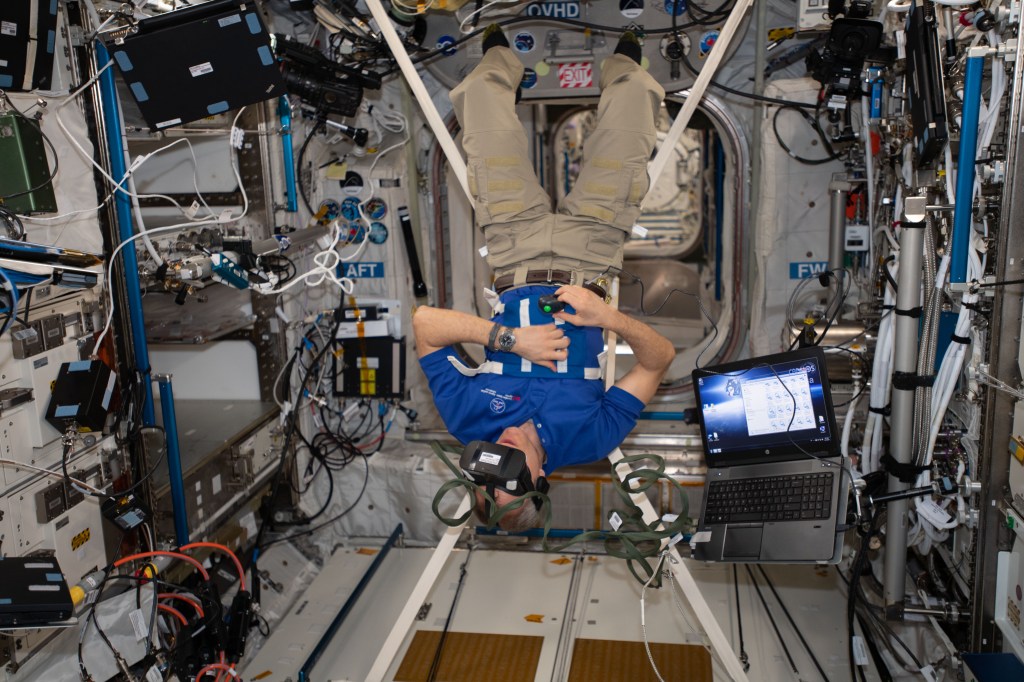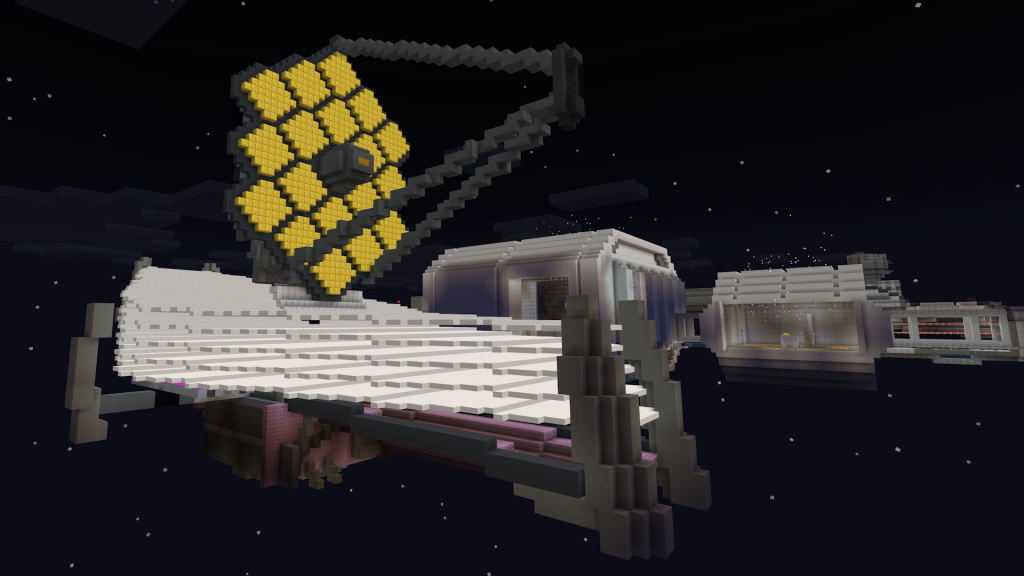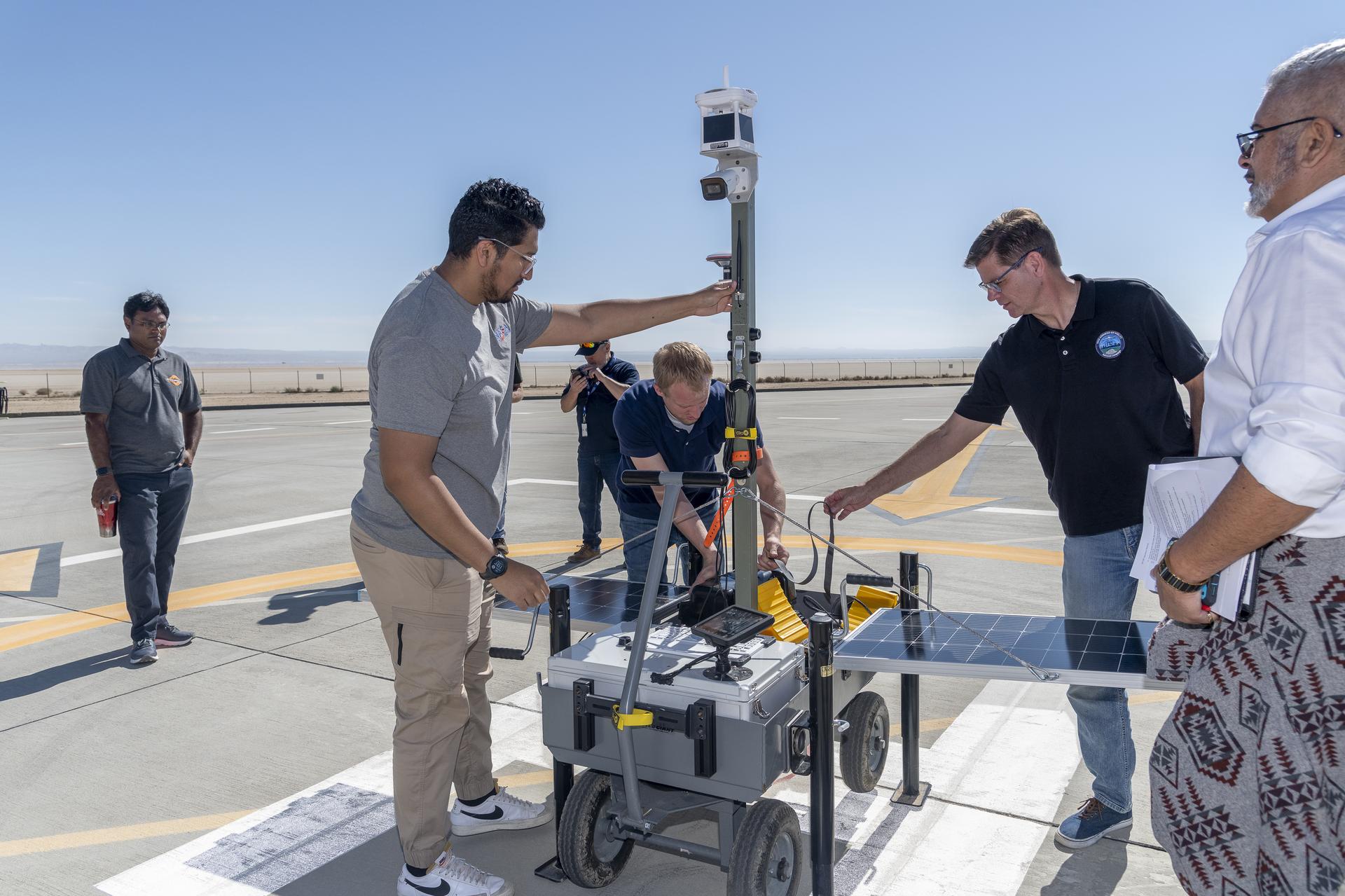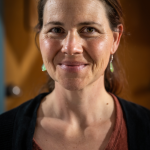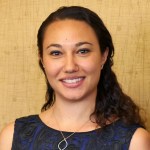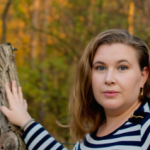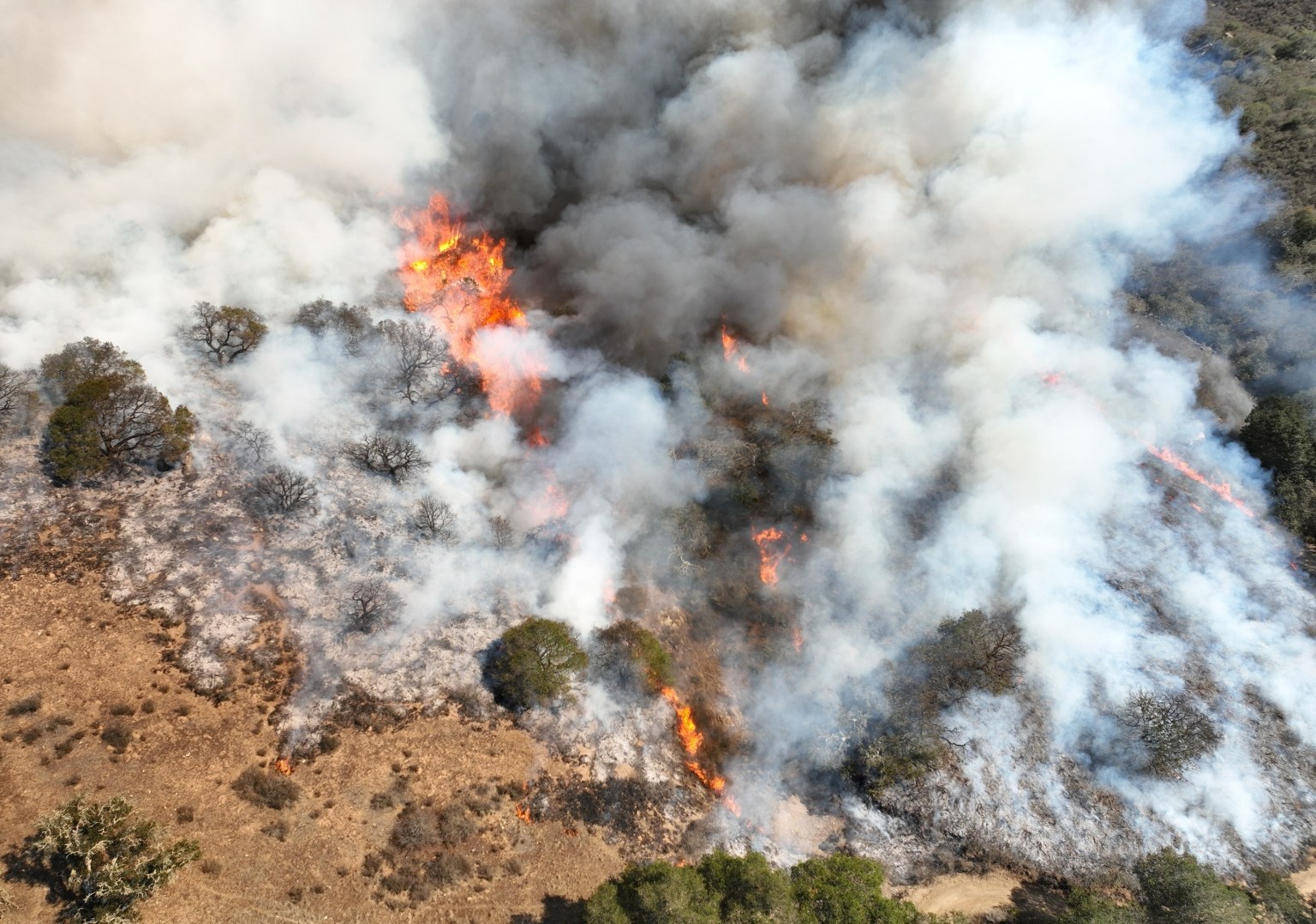
FireSage
San José State University (SJSU) and NASA Ames Research Center are offering the FireSage Program; a premier summer internship opportunity designed to equip students with expertise in fire ecology and remote sensing technologies. This 10-week internship program offers a paid opportunity to work on-site at NASA Ames Earth Science Division and SJSU’s Wildfire Interdisciplinary Research Center (WIRC) Geofly Lab and FireEcology Lab. Here, interns will be introduced to cutting-edge technologies and methodologies for wildfire research and management and benefit from a comprehensive learning environment including a one-on-one setting with NASA Scientists and SJSU Faculty.
TODAY
Internship Positions
Weeks of Research Experience
meet the mentors
About FireSage:
Interns will engage in a 10-week immersive research experience, spending four weeks at NASA Ames Research Center (summer) and six weeks at SJSU (two weeks in the summer plus four weeks in the fall semester), working one-on-one with scientists in wildfire research. Additionally, students will collaborate with industry partners such as Google, PG&E, CalFire, etc.: organizations recognized by the National Science Foundation as an Industry-University Cooperative Research Center (IUCRC). Research topics covered include:
- California Wildfire Remote Sensing: Utilizing NASA satellite data such as Landsat, MODIS, Sentinel, NAIP aerial imagery, and multi-platform drone mapping data for wildfire analysis.
- Wildfire Mapping and GIS Programming: Gain hands-on experience in fire mapping using GIS techniques, including data cleaning, Python programming, and leveraging Google Earth Engine. Emphasis will be placed on coding, artificial intelligence (AI), and remote sensing methodologies.
- Fire Behavior and Ecology: Explore the intricate interactions between fire and plant ecosystems, ranging from individual plants to entire communities, across various landscapes including wilderness areas and the wildland urban interface.
- Community Fire Resilience: Study strategies for enhancing community resilience to wildfires, including fire adaptations, Home Ignition Zone (HIZ), climate change resilience, prescribed fire techniques, and the concept of Fire Adapted Communities.
Through co-mentorship with NASA’s experienced internship team, and collaboration within an interdisciplinary research team in WIRC, interns will gain invaluable experiences and insights, preparing them to address the complex challenges of wildfire research and management within Silicon Valley’s vibrant and innovative environment. This immersive program offers interns a unique opportunity to contribute to cutting-edge research while developing the skills and knowledge necessary for success in the field. Apply now to be part of this dynamic and rewarding experience!
Meet the Mentor Team ->
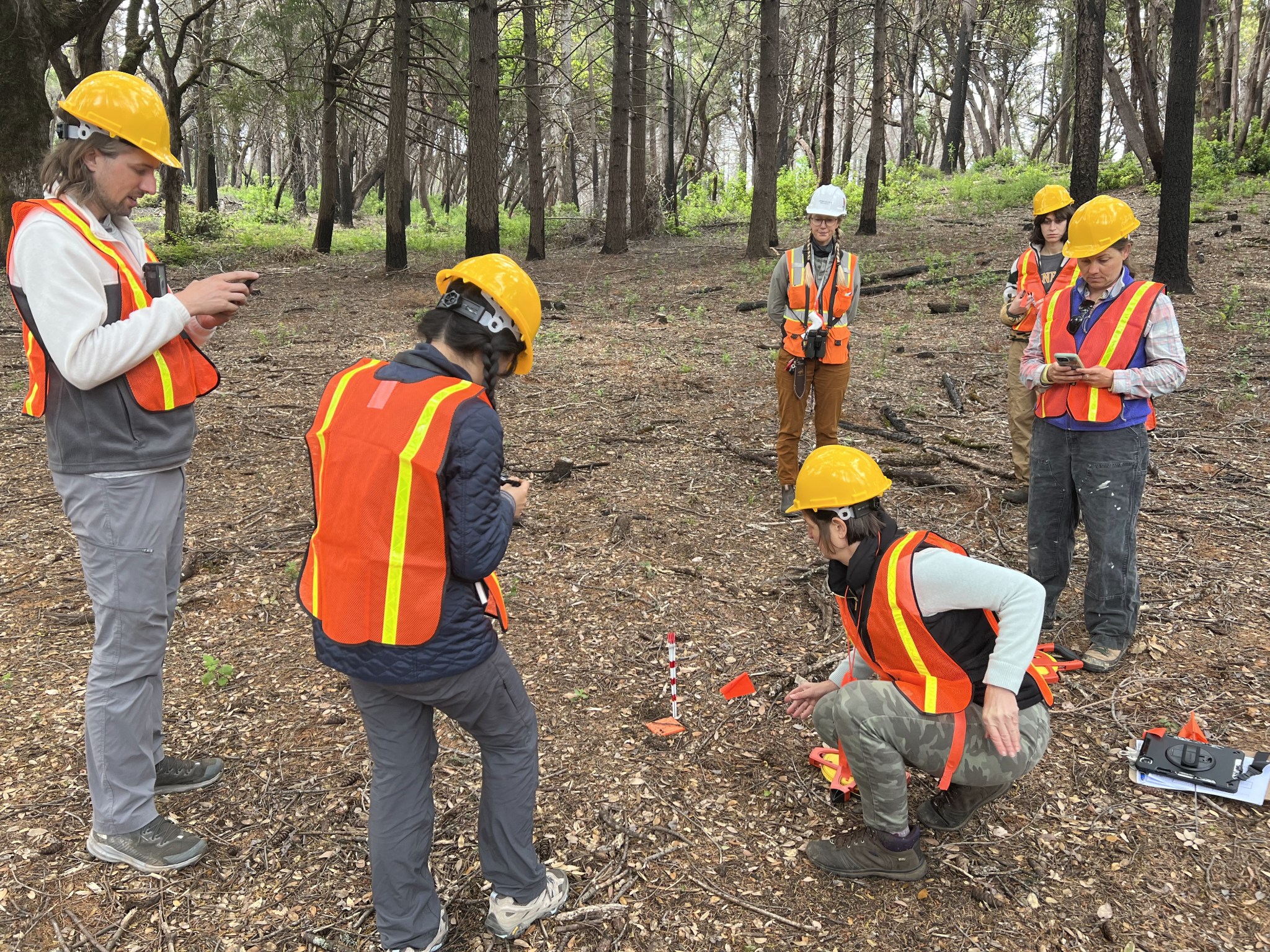
Application Process:
Interested candidates should apply by submitting a resume, transcript, and a one-page cover letter in one PDF file. The cover letter should highlight their interest and relevant experiences. Applications are to be submitted through this application form.
Important Dates:
- Application Deadline: April 1, 2024
- Selection Announcement: April 17, 2024
- Onboarding Meeting: May 13, 2024
- NASA Internship Start Date: July 8, 2024
- SJSU Internship Start Date: August 5, 2024
Students in the Field
Students and staff from the SJSU Geofly Lab and the Wilkin Fire Ecology Lab conduct aerial remote sensing and fire modeling in the San Vicente Redwoods for a post-burn fuel management project. Pictured are faculty mentors Julia Gaudinski, Bo Yang, and Kate Wilkin, and students Henri Brillion, Xiangyu Ren, and Melina Kompella.
Apply Now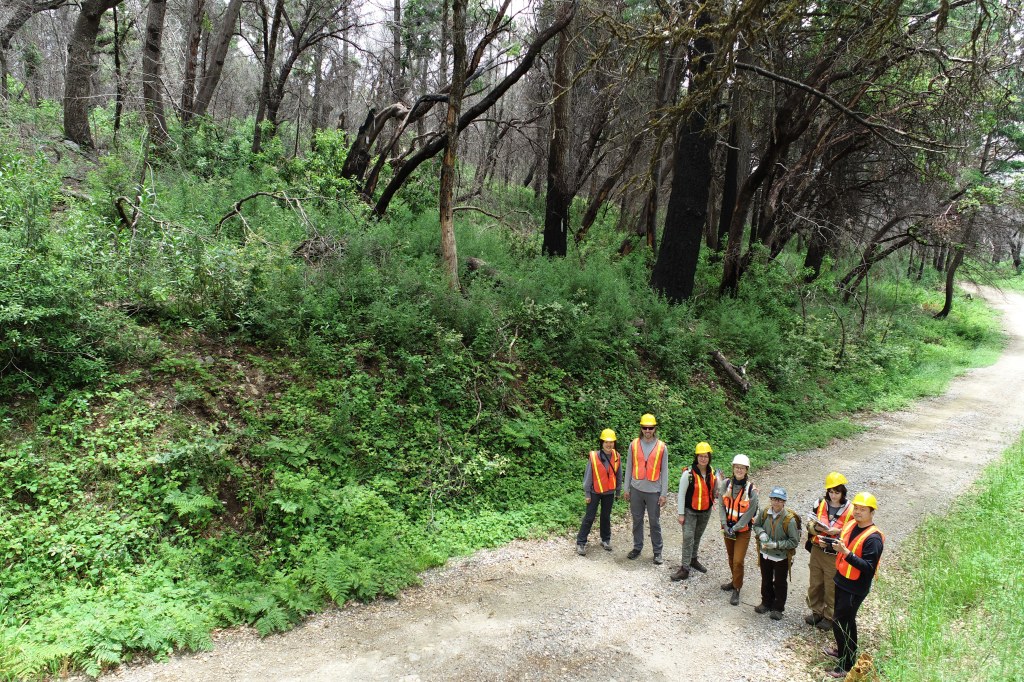
Eligibility Requirements:
Applicants must be current students at SJSU or bay area colleges, at the junior or senior undergraduate level, or enrolled in graduate programs, majoring in Geography, Meteorology, Biology, GIS, Urban planning, Environmental Studies, Remote Sensing, Computer Science, Software Engineer, or a related Science, Technology, Engineering, and Mathematics (STEM) field.
Interest in research and science, interest or experience in remote sensing, fire ecology, and data science, with experience in Python programming and Remote sensing, High performance computing, Google Earth Engine, is advantageous but not required.
U.S. citizenship is required.
This paid internship offers a unique blend of learning, exploration, and contribution to critical wildfire research and management. If you are a student passionate about leveraging technology to combat wildfire risks and eager to develop skills at the nexus of AI and Earth System Science, we encourage you to apply.


